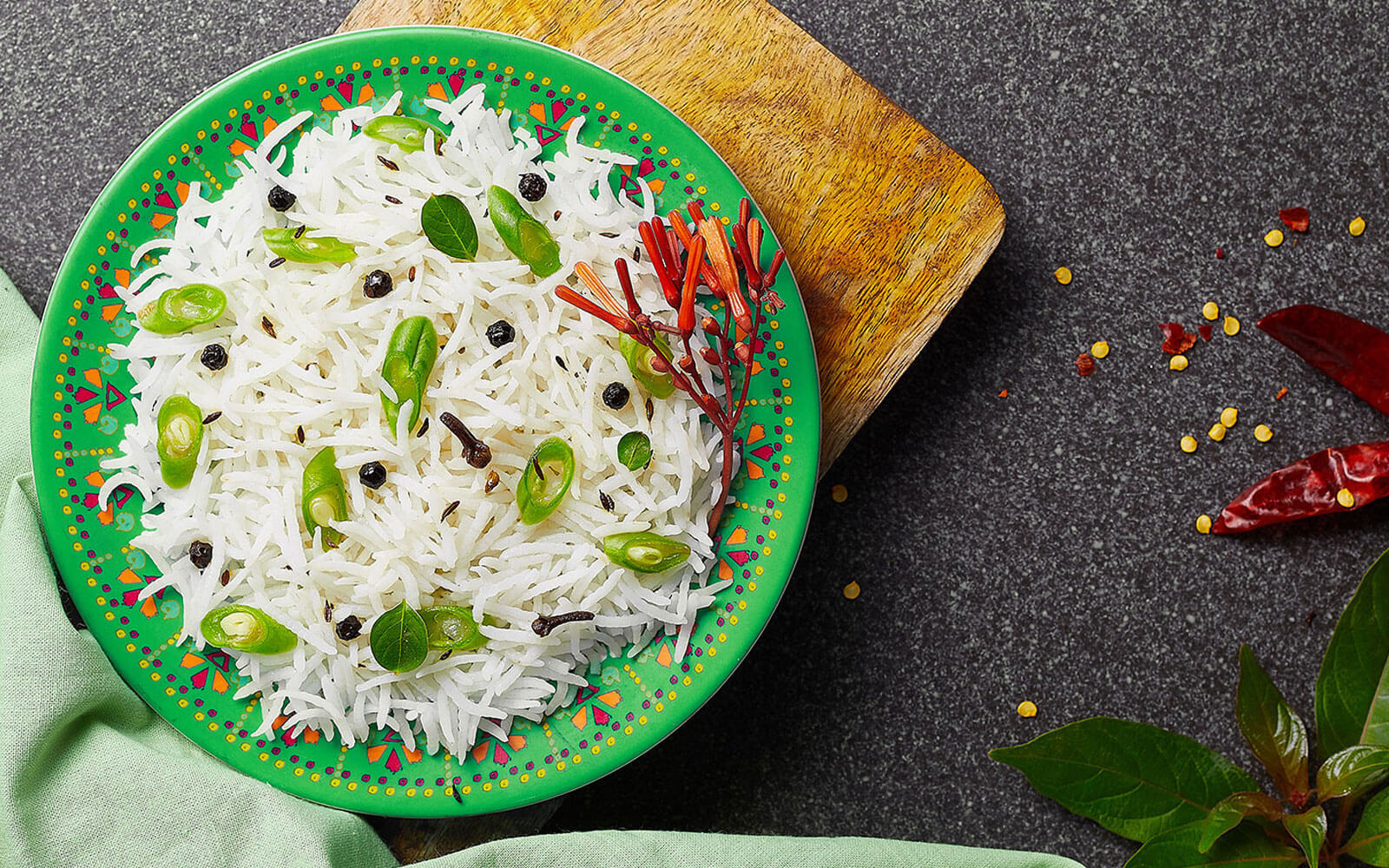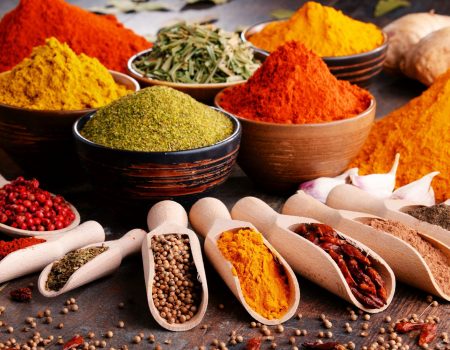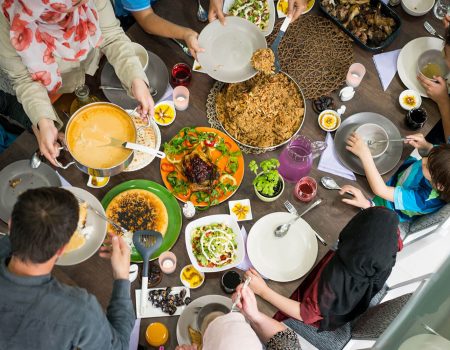Basmati rice is truly a culinary delight that has been universally enjoyed from ancient Eastern palaces to its modern day audience comprised of food lovers of all nationalities and social classes. This rice can be used as the basis for a variety of delicious and versatile meals.
The aroma of Biryani and Pulao is mouth-watering, even thinking about these dishes makes our stomach grumble in hunger! Well, a lot of credit for that aroma goes to Basmati rice. There are various theories about the origin of “Basmati”, but the most commonly accepted one is that the word is derived from the Sanskrit word “Vasmati” which means ‘fragrant one’ in reference to the long grain’s sweet aroma.
Basmati is mainly grown in Punjab, Haryana, Himachal Pradesh, Delhi, Uttarakhand, Uttar Pradesh and Bihar in India, Kathmandu Valley and Terai region of Nepal and the Punjab province in Pakistan. It is believed that this magical grain has been grown in the subcontinent for centuries, as the earliest mention of it goes back to 1766’s epic “Heer Ranjha”. The best quality Basmati rice comes from the old Karnal district, known as the ‘rice bowl of India’.
Today, India holds the account for over 70% of the world’s production. Basmati 385, Basmati 370 and the R.S. Pura Basmati are the types grown in India.
Basmati was introduced to the world by Indian traders, and now it plays a pivotal role in South Asian, Persian, Arab and Middle Eastern cuisines. It’s unique ageing process sets it apart from other grains. The usual ageing period for basmati rice is nine months, though some premium brands age their basmati rice for a minimum of 18 months. This is probably why this toothsome grain became the royalty favourite and is one of the best-known rice around the globe!
Basmati rice is truly a culinary delight that has been universally enjoyed from ancient Eastern palaces to its modern day audience comprised of food lovers of all nationalities and social classes. This rice can be used as the basis for a variety of delicious and versatile meals.
Totokita3 Slot Gacor 4D Toto Slot






Join the discussion